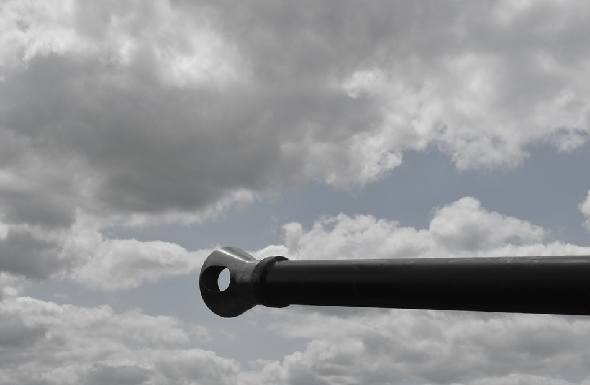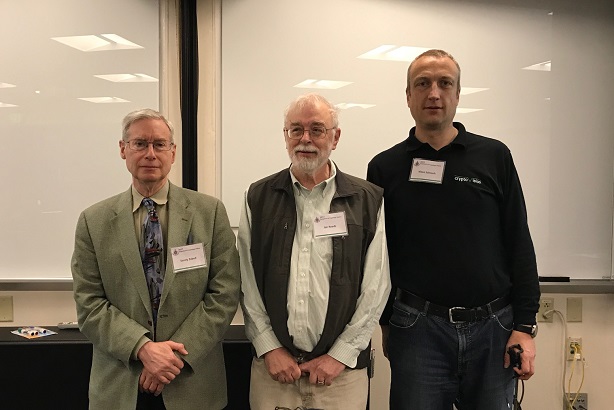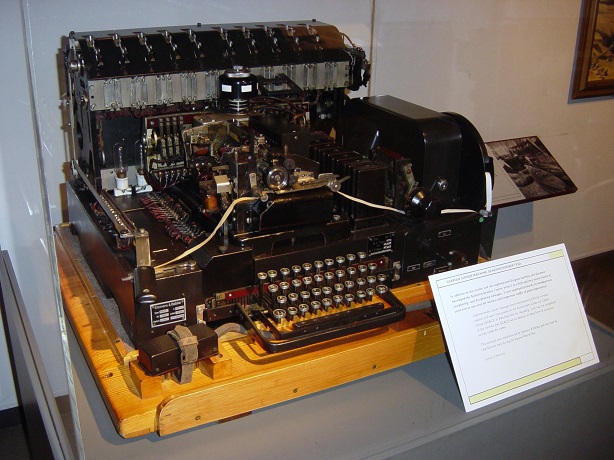German mathematician Dr. Heinrich Döring was one of the most brilliant codebreakers of the Second World War. Does a reader know what happened to him after 1945?
At the Symposium on Cryptologic History in October I shared a session with Prof. Sandy Zabell from Northwestern University, which is located in the Chicago area. In his presentation The Paradox of German high-level Cryptography (based on joint work with Enigma expert Frode Weierud) Sandy spoke about the question why the Germans were not aware of or ignored the weaknesses in their encryption systems (not only the Enigma) – a very interesting presentation. His talk is not available online, but there’s a video of another talk given by him on YouTube. My presentation in this session was about West German cryptology in the early Cold War.
The following picture shows Sandy Zabell together with me:
The man in the middle is Jim Reeds, who moderated the session (Jim found the hidden messages in Trithemius’ Steganographia, just like Thomas Ernst, as described in my new book and on the website of Jürgen Hermes).
Sandy Zabell is an expert on World War II codebreaking. He has given talks and published articles about Alan Turing. In addition, he has done research on German codebreakers in the Second World War. In a number of documents he read about a German codebreaker named Heinrich Döring, who apparently played an important role in the most important German crypto unit, OKW/Chi. Among other things, Döring found weaknesses in the German encryption machine T52 (also known as “Geheimschreiber” or “Sturgeon”). The German Air Force used it anyway.
Sandy tried to find out what happened to Döring after the war, but couldn’t find any information. When he told me about this story at the symposium, I suggested to ask my blog readers about Heinrich Döring. Here is a text Sandy provided me:
Dr. Heinrich Doering was born in 1913 in Homberg, Bez. Kassel. He studied at the University of Göttingen from 1934 to 1939, and received his doctorate in mathematics from Göttingen in 1939. During the war he served in In 7/VI shortly after it was formed in 1941. He was very highly regarded by his colleagues, both as a “brilliant” cryptanalyst and for his security studies on German encryption devices, most notably showing that several versions of the T52 (“Sturgeon”) were insecure. But despite being one of the most talented cryptologists of In 7/VI (and later OKW/Chi), after the war he completely disappears from sight. Does anyone know what happened to him?
Does a reader know anything about the life of Heinrich Döring after 1945? Are there any archives that might have information? Any help his welcome.
Follow @KlausSchmeh
Further reading: How my readers solved the Fleissner challenge
Linkedin: https://www.linkedin.com/groups/13501820
Facebook: https://www.facebook.com/groups/763282653806483/





Kommentare (7)